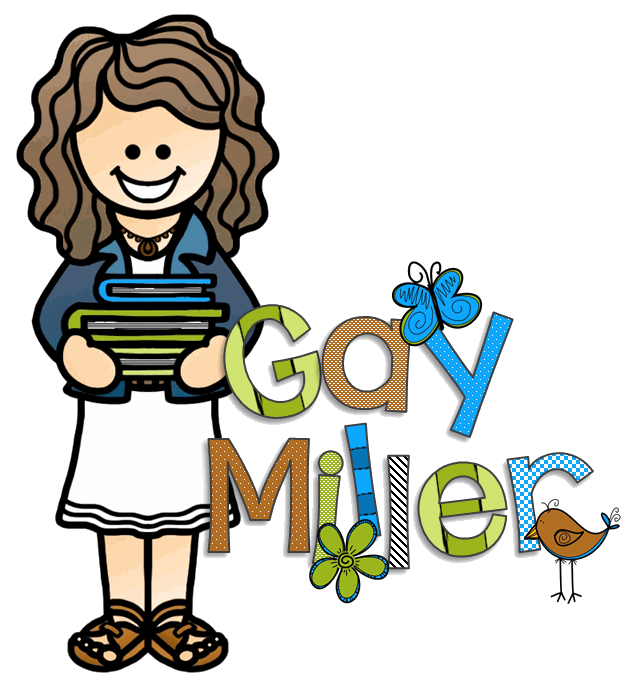
Let’s face it—getting upper elementary students to really understand character traits can feel a bit like trying to explain why your dog needs a Halloween costume. Confusing at first, but oh-so rewarding when it clicks. Once students see how traits shape a character’s choices, relationships, and growth, their reading comprehension and writing skills level up big time.
First Things First: What Are Character Traits?
Before diving into the adjectives (we see you, brave, selfish, loyal), make sure your students understand that characters are more than just their looks. They’re shaped by their actions, experiences, and relationships—just like us. Great stories don’t just describe characters… they reveal them, layer by layer.
Grab the Free Lesson Handout
All the activities below come with ready-to-use printables and instructions. Snag yours here.
Teaching Ideas for Character Traits
Activity #1 – Character Silhouettes with a Twist
This no-prep activity helps students visually map out character traits.

Idea #1 – The Silhouette with Rays
Students draw a silhouette in the center of their page, then add rays coming out like a sunburst. Inside each section, they jot down facts or traits about the character. It’s visual, simple, and kind of mesmerizing.
✂️ Alternative Collage Twist
Want to kick it up a notch? Have students surround their silhouette with symbols, doodles, or cut-out pictures that represent the character’s personality and experiences. Think sunglasses for a “cool” character or a stopwatch for someone who’s always in a hurry.
Idea #2 – Full-Body Silhouette
Students choose a character and draw a silhouette that fills the whole page. Inside the body: a detailed description. On the arms and legs: four important actions the character takes. It’s character analysis… with limbs!
Idea #3 – Inside vs. Outside Traits
Have students split a silhouette down the middle. On the left, they describe outward physical features. On the right, they list personality traits—think “clumsy,” “loyal,” or “sarcastic” (a fan favorite).
Idea #4 – Comparing Two Characters
Students draw two overlapping silhouettes to make a Venn diagram. Then, they compare and contrast two characters from the story. Great for partner work and some lively debate.
Idea #5 – The Silhouette House
Have students draw a simple house with six windows. Each window answers one of the big six: Who? What? When? Where? Why? How?—all based on how a character handled a particular situation. It’s analysis meets architecture.
Activity #2 – Character Trait Diaries

Have students channel their inner fiction whisperer by writing diary entries from the character’s POV. From breakfast complaints to dramatic plot twists, they get inside the character’s head—without needing a psychic license.
Activity #3 – Interactive Character Trait Notebooks
Idea #1 – Character Trait Trading Cards
Students create “baseball-style” trading cards for characters. One side: a drawing. The other: traits, quotes, and more. Let them trade and compare. Bonus points for best-decorated card.

Idea 2: Trait Cubes
Each side of this printable cube shows off a different dimension of the character: personality, physical traits, relationships, and change over time. Hands-on, 3D thinking—who says analysis can’t pop off the page?
Idea 3: Trait Timelines
Students plot how a character evolves across a story. Think sticky notes, arrows, and a dash of detective work.
Activity #4 – Teaching Character Traits with Printable Organizers
These organizers can be used with any novel or short story, making them valuable tools for deepening students’ understanding of the characters in the story.

🧭 Character Development Chart
Students map out how the character changes over time, identifying key events that trigger those changes.
🔁 Trait-Action-Impact Organizer
This one’s like a character cause-and-effect chain:
Trait → Action → Impact.
Great for showing how characters drive the plot forward—or mess everything up.
Activity #5 – Character Trait Anchor Charts
Interactive Anchor Chart Activity

Don’t just stick a list of traits on the wall and call it a day.
Try this:
Draw a big character outline on chart paper. As you read, have students add sticky notes with traits and examples. It becomes a living, breathing, ever-growing anchor chart of literary genius.
Character traits aren’t just a list of adjectives—they’re the heart of every great story. By using hands-on activities, visual organizers, and a bit of creativity, you’ll help your students see characters in a whole new way.
Don’t forget to download the free handouts packed with everything you need to bring these activities to life in your classroom!
See the product that inspired this post.
See my comprehensive Story Elements Unit focusing on characters and settings, available in both digital and printable formats. Each of the five lessons is designed to engage students through video tutorials, organizers, and practice activities.




6 comments
Skip to comment form
Great article. Your anchor chart with the protagonist and antagonist is really clever. I plan to use this idea in my class next week. I’m sure the students will love it.
This has been an incredibly wonderful post. I was looking for ideas to use with The Tale of Despereaux when I stumbled upon your printable cards. The clipart is wonderful, and I know my students will enjoy using them for notetaking. Thank you!
Saved as a favorite, I love your website! I used the Character Silhouette activity with my students today. The results look good enough make a bulletin board featuring their artwork. Thank you so much for the great idea.
Excellent blog post. I definitely appreciate this site. Continue the good work!
I am using the character chart graphic organizer in my 6th grade special education classroom today! Thanks for posting!
Author
You’re welcome.